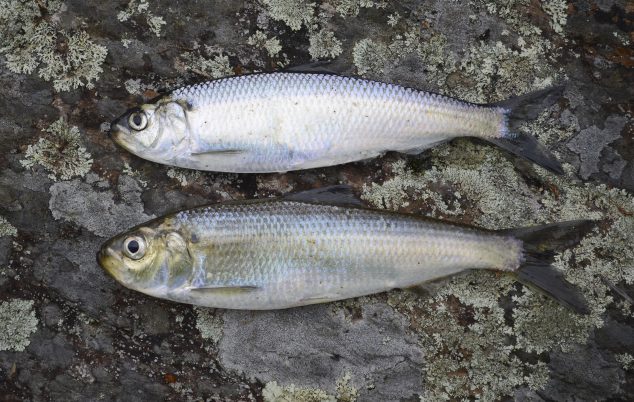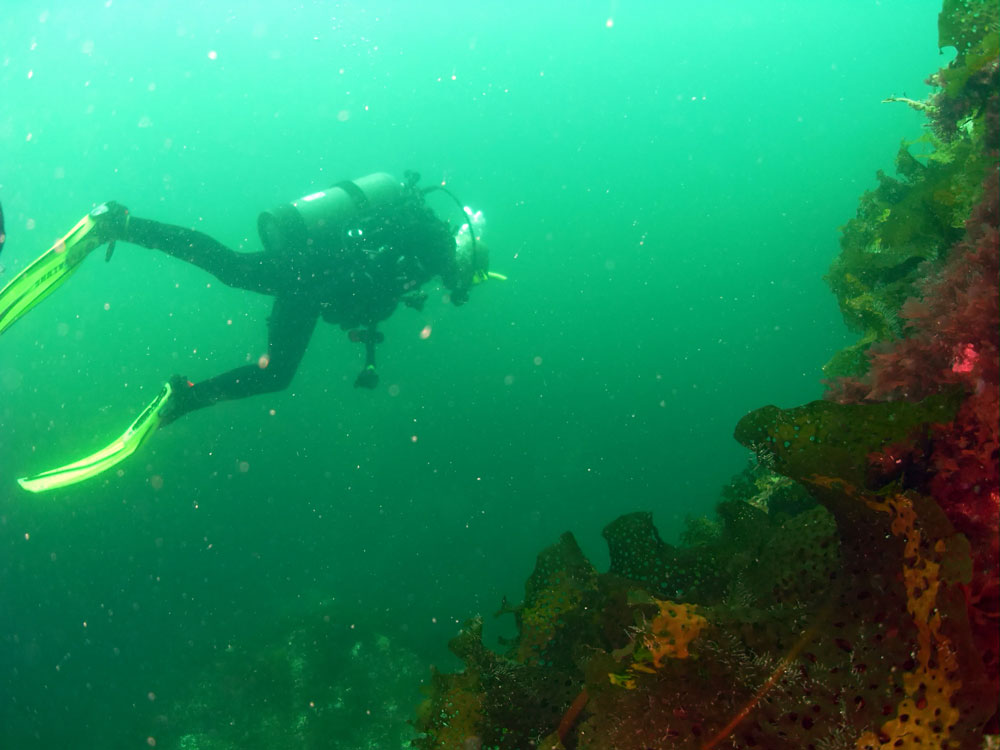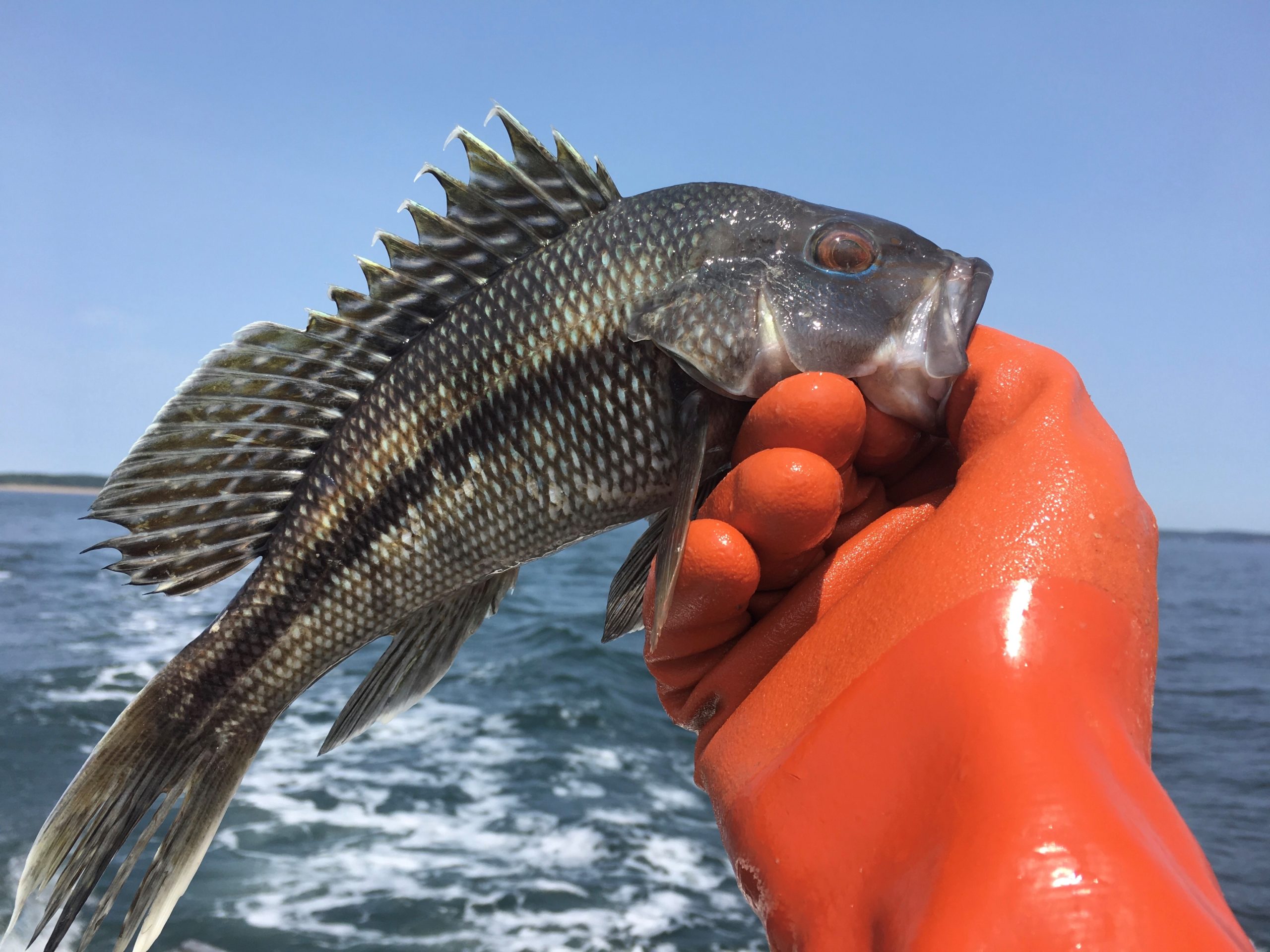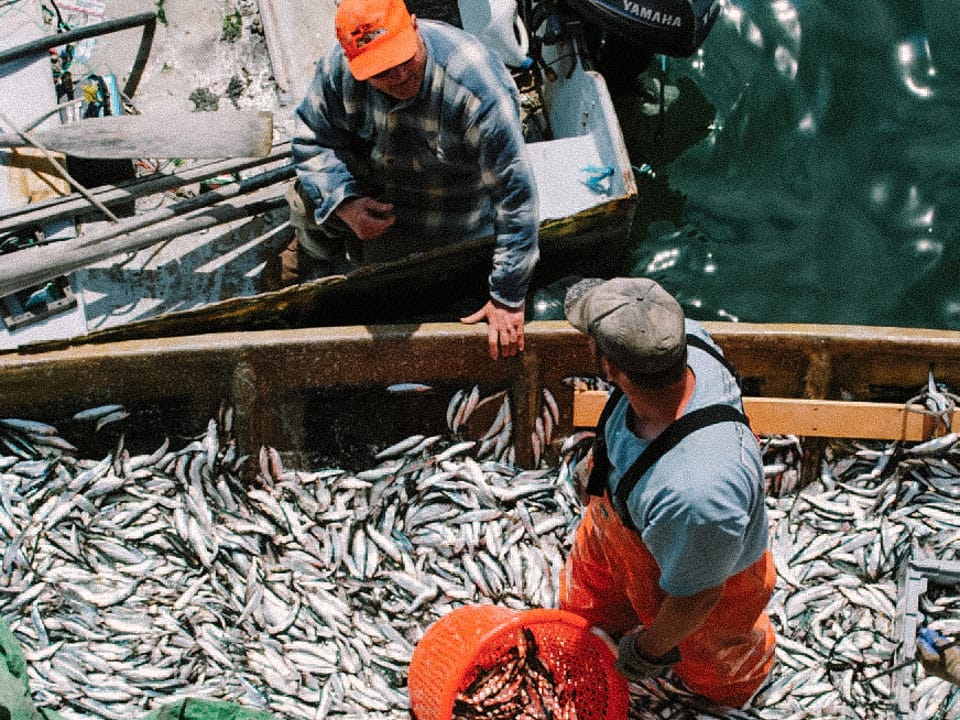Overview
Restoration of river herring is critical to rebuilding coastal ecosystems and strengthening climate resilience as the Gulf of Maine continues to warm. Manomet supports community-driven river herring stewardship and is tracking the impact of such efforts on the health of river herring runs.

River herring is a collective term for two species, alewives and blueback herring. They are anadromous, which means they live primarily in the ocean and migrate upstream each spring to spawn in freshwater lakes and ponds before returning to the ocean. Historically, they have been foundational species in the Gulf of Maine ecosystem, comprising an important source of forage for birds, mammals, and commercially valuable species including cod and haddock. Over the last four hundred years, dams, offshore trawling, and pollution have reduced river herring populations to a small fraction of their historic levels. However, the passage of the Clean Water Act, removal of many dams and installation of fishways in many more, and limits on harvesting have jump-started the renewal of river herring populations in the Gulf of Maine.
Fishing for river herring on Maine rivers is managed jointly by the Maine Department of Marine Resources and municipalities with state-approved management plans. Local fishers have a stake in future harvests and ensure that rivers and fishways are free of obstructions, collect valuable data used to manage the fishery, and often lead restoration efforts on rivers blocked by failing culverts and abandoned dams. Manomet supports community-based management because it ensures not just one-time improvements in fish passage but ongoing commitments to maintaining such passage and to sustainable harvests.






 Back to all
Back to all

